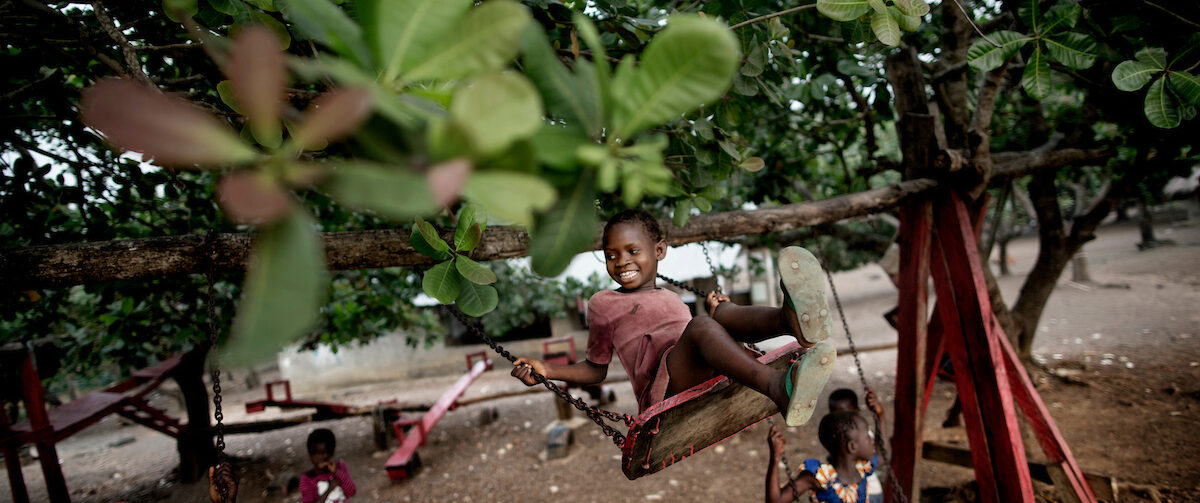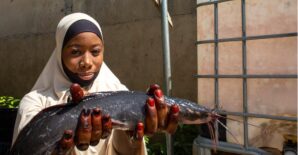The Minimum Dietary Diversity For Women Indicator Can Be Extended To Children And Adolescents aged 4-15 Years As A Proxy Population Indicator For Good Micronutrient Adequacy Of Diets In Low- and Middle-Income Countries
Abstract
The response to the global call for more data on children’s and adolescents’ diets and nutrition is limited by the lack of straightforward practical indicators to track their diet quality. On the basis of a food group score compiled from 10 food groups (FGS-10), the minimum dietary diversity for women, calculated as FGS-10 ≥ 5, is a validated proxy population indicator for better micronutrient intake adequacy for adult women in low- and middle-income countries (LMICs).
Citation
Ulimwengu, John M. 2025. Household coping strategies and food security in the multi-shock environment of Mali. CGIAR Initiative on Fragility, Conflict, and Migration. Washington, DC: International Food Policy Research Institute. https://hdl.handle.net/10568/172684
Loty Diop, Aulo Gelli1, Lieven Huybregts, Joanne E Arsenault, Lilia Bliznashka, Erick Boy, Megan Deitchler, Carl Lachat, Mourad Moursi, Angelica M Ochoa-Avilés, Deanna K Olney, Elodie Becquey. The Minimum Dietary Diversity For Women Indicator Can Be Extended To Children And Adolescents aged 4-15 Years As A Proxy Population Indicator For Good Micronutrient Adequacy Of Diets In Low- and Middle-Income Countries. Community and Global Nutrition - Volume 9, Issue 1, 104508, January 2025. International Food Policy Research Institute (IFPRI), Washington, DC, United States; 2 Department of Food Technology, Safety and Health, Ghent University, Ghent, Belgium; 3 Intake–Center for Dietary Assessment at FHI360, Washington, DC, United States; 4 Department of Bioscience, Universidad de Cuenca, Loja, Cuenca, Ecuador. https://doi.org/10.1016/j.cdnut.2024.104508
This research was conducted on behalf of American Society for Nutrition and Published by Elsevier Inc.



